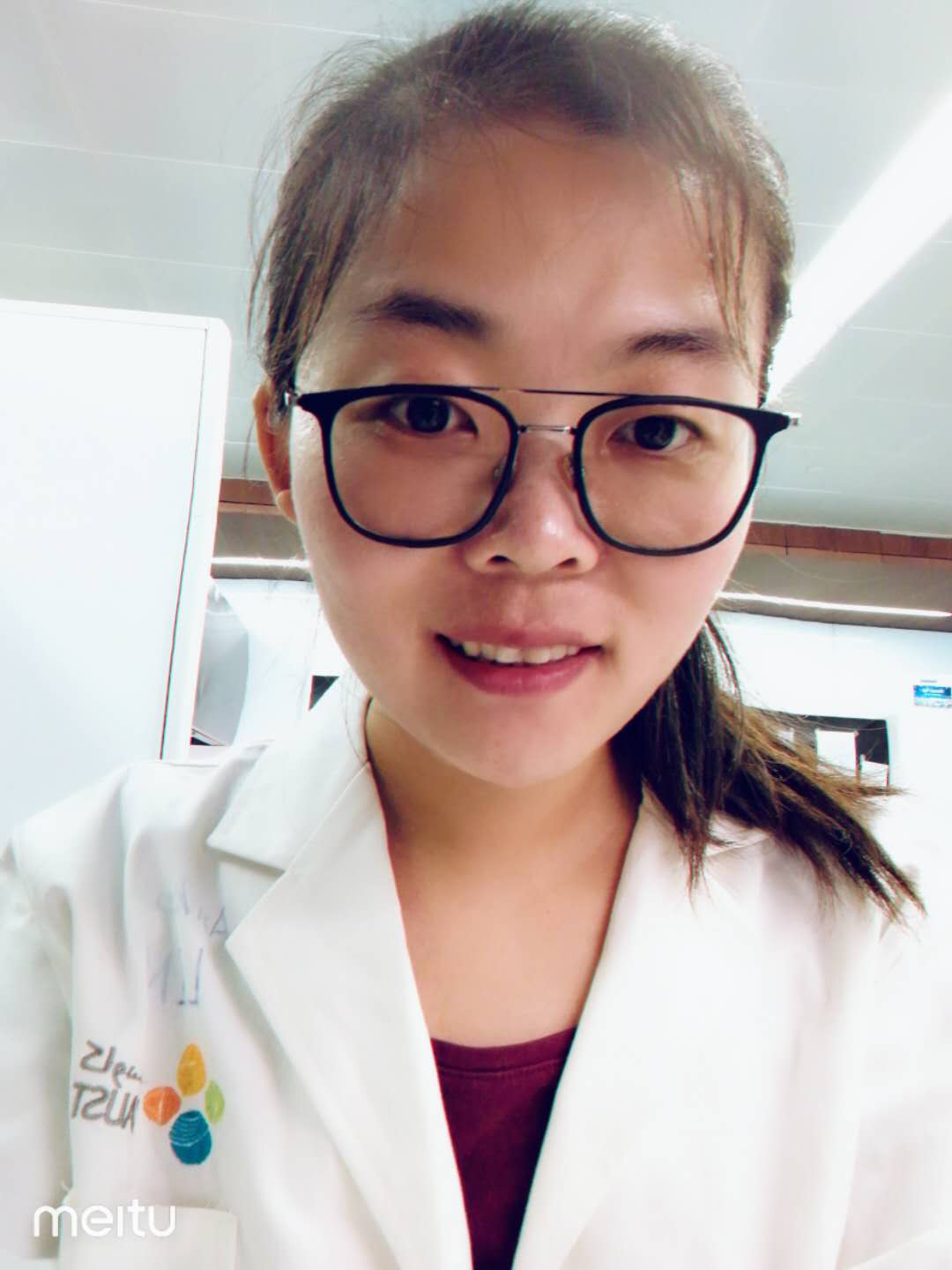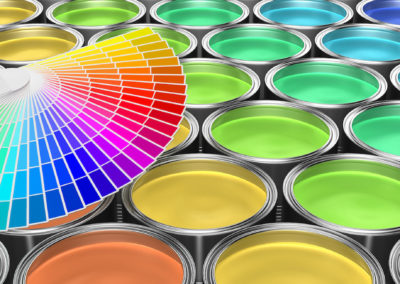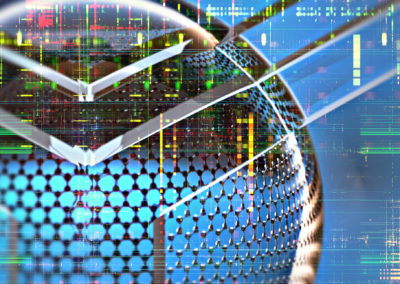
Ning Li
Post-Doctoral Researcher
Ning graduated from the State Key Laboratory of Supramolecular Structure and Materials in Jilin University (China) where she obtained a PhD in physical chemistry (2017) studying matrix assisted laser desorption/ionization mass spectroscopy for chemical and biological analysis.
Ning joined Primalight in March 2018. Ning’s research focuses on advanced photonics and plasmonic materials built from self-assembly for main applications in biology, energy and structural coloration.
email: ning.li@kaust.edu.sa
location: building 1, level 4, 4200-WS34




